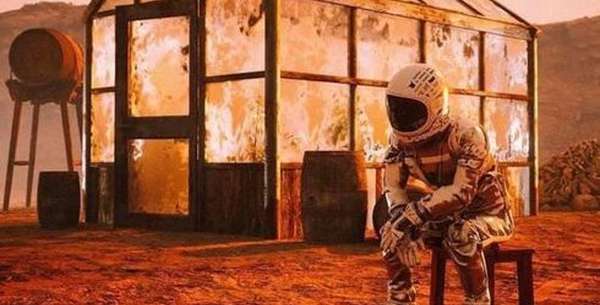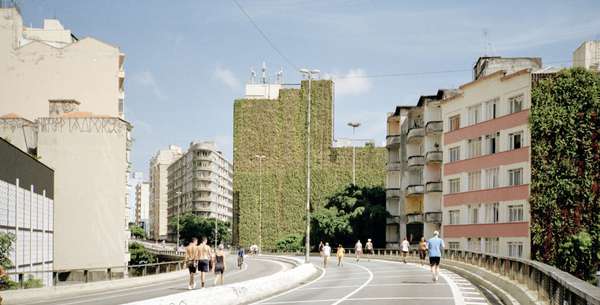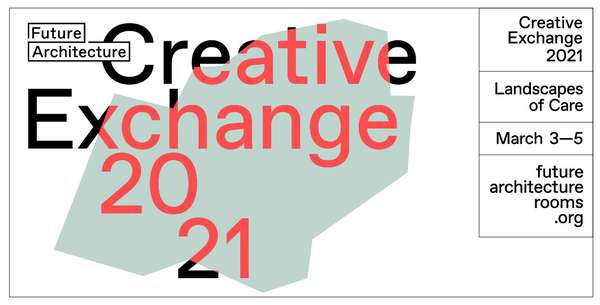Idea by
Monika Marinova
Call for ideas 2021
Stage for the City
Stage for the City
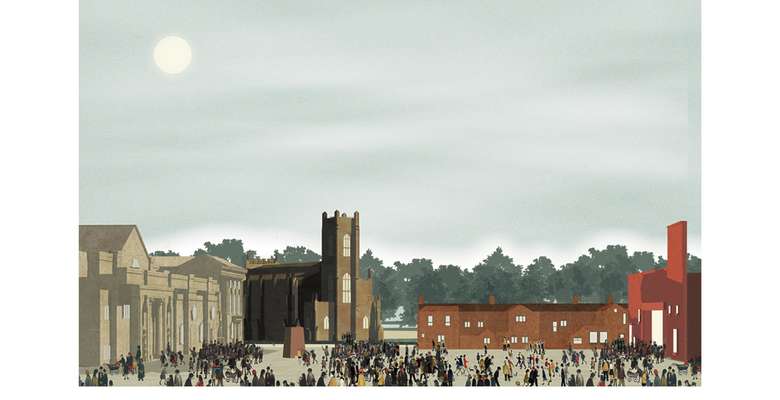
- Site-specific cases
The project challenges the role of public buildings in the context of economic, social and political decline by re-establishing civic focus to combat urban disorientation and reclaiming the public realm. The design pivots around the reciprocity between material lightness and civic weight, between the flatness of the façade and the depth of the spaces; and frames the project’s faith in the role of a single building reinforcing its relevance to problems faced by architects and urbanists today – building meaningful architecture without excessive expense, capturing the accumulated history of a place and reintroducing it to future generations in an approachable and engaging way. Spatially and compositionally the building encourages the seemingly dissimilar typologies of industrial and civic to exist side by side and manifest the importance of their shared history, relying on playfulness and sophistication as a tool to propose a typology that is specific yet timeless.
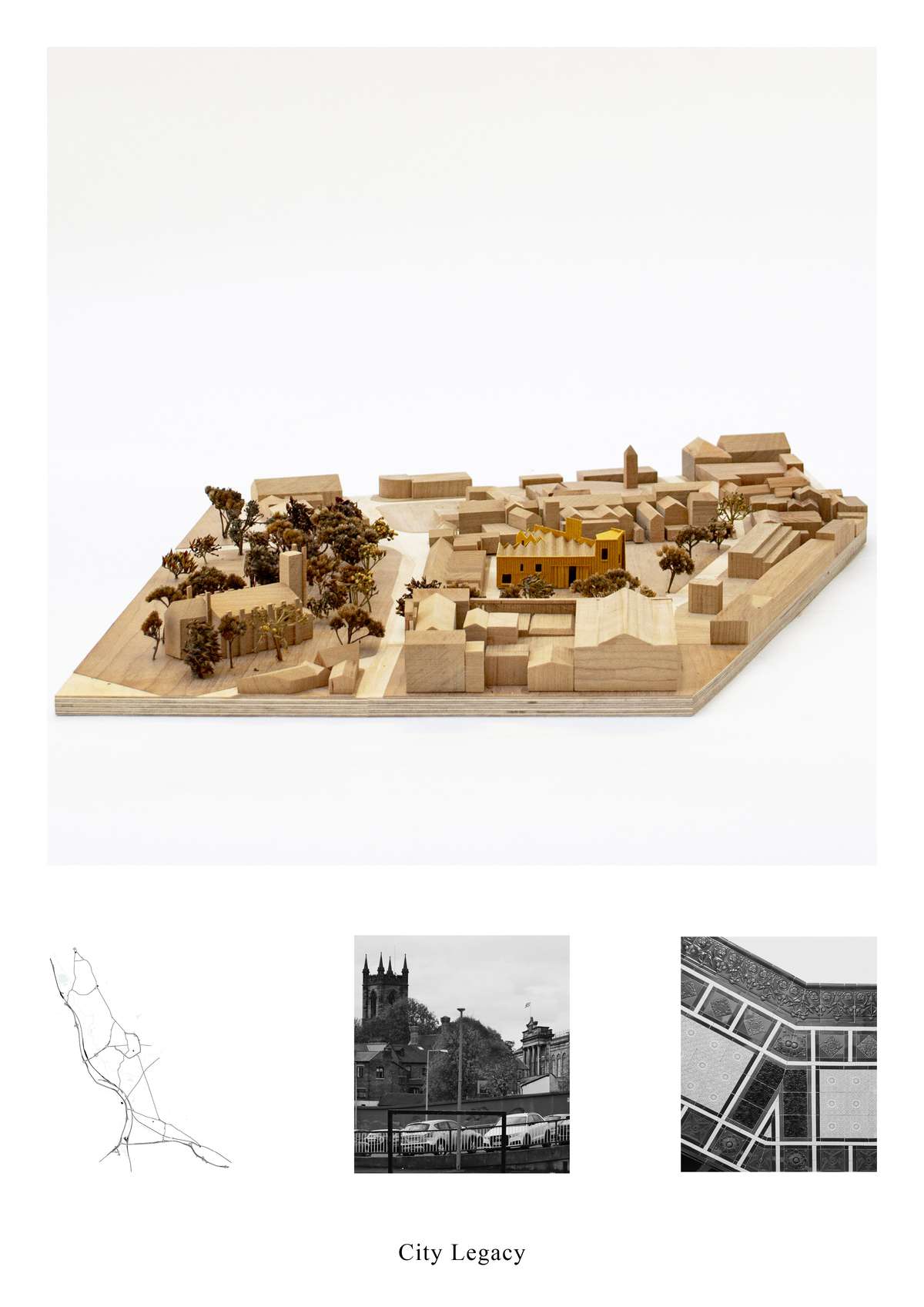
Stoke-on-Trent includes 6 towns, each with an industrial periphery isolating its core within a sparse urban grain. Once a centre of vibrant manufacturing, the city has gone through de-industrialisation, leaving its civic buildings disused. Defined by the two extreme conditions of Stoke: the typology of factory warehouses and the grandeur of civic buildings, the project offers its theatrical faces to negotiate between the town hall as a seat of power and the church as a symbol of community.
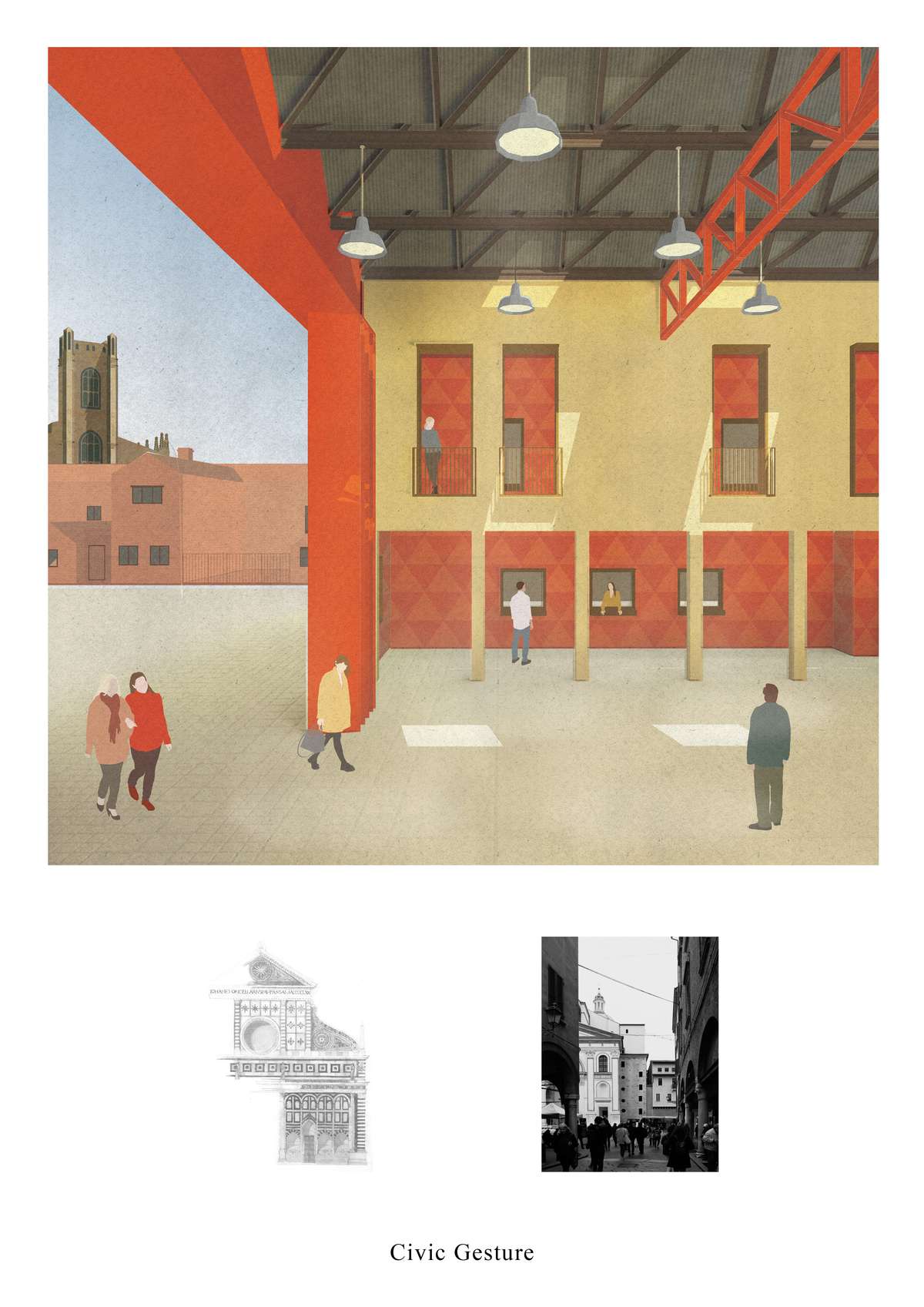
On the boundary between civic and industrial, the building connects to the language of the potteries by adopting the typology of an industrial shed, bringing civic qualities through generosity of space. The robustness of the factory typology drives the organisation of structure and atmosphere throughout the building. Exploring this ethos, the internal facades form an urban room as a backdrop to both interior and exterior uses, providing a deep threshold and extension to the public realm.
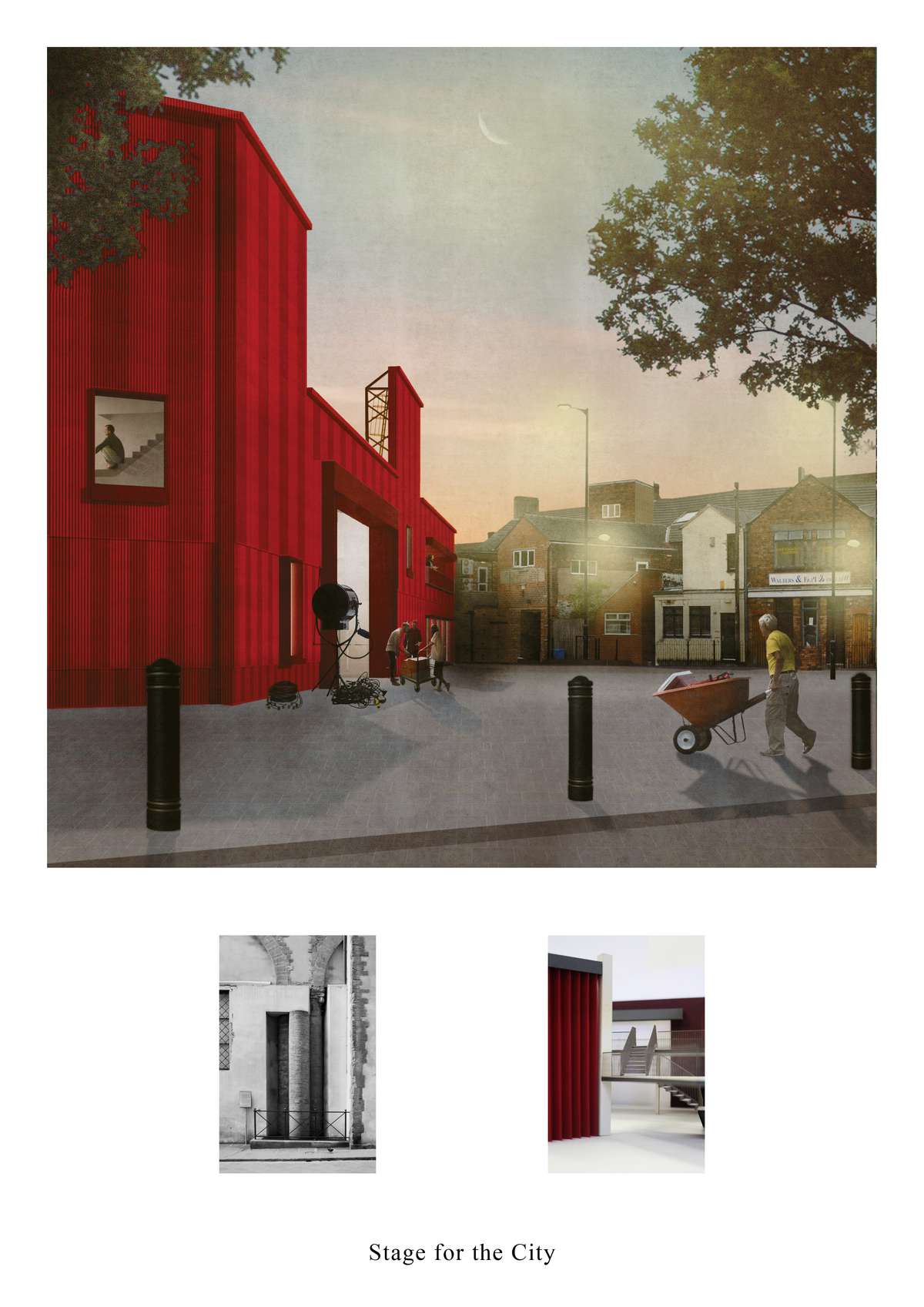
The building is a new destination but also a reflection of the town hall: providing a venue for celebration and protest located opposite the seat of power. Each façade exaggerates its context and employs in unusual ways elements traditionally asserting monumentality. By highlighting their susceptibility to change, the project highlights their ability to transcend time and transfer permanent qualities: the large hall opens to the square and transforms into a small room attached to it.
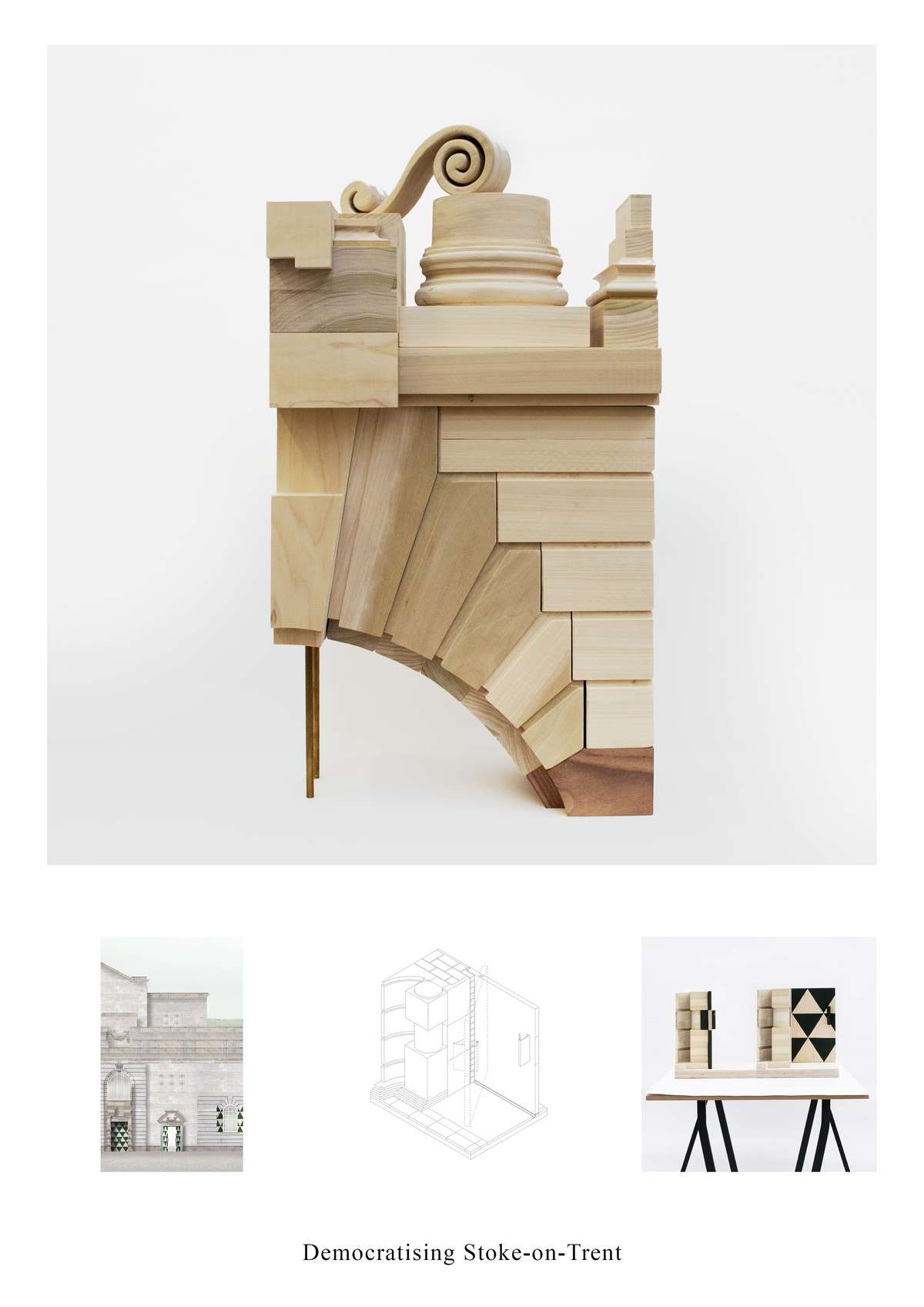
Interpreting the local social heritage, the facade seeks to define the relationship between architecture of simplicity and monumentality, wealth and necessity in a town conflicted by their contradicting legacy. The proposal reconnects to the industrial heritage initially through a small-scale intervention into the Town Hall. The new doors and windows in the town hall create an inviting threshold, changing the town hall’s presence from an unapproachable object to a welcoming institution.
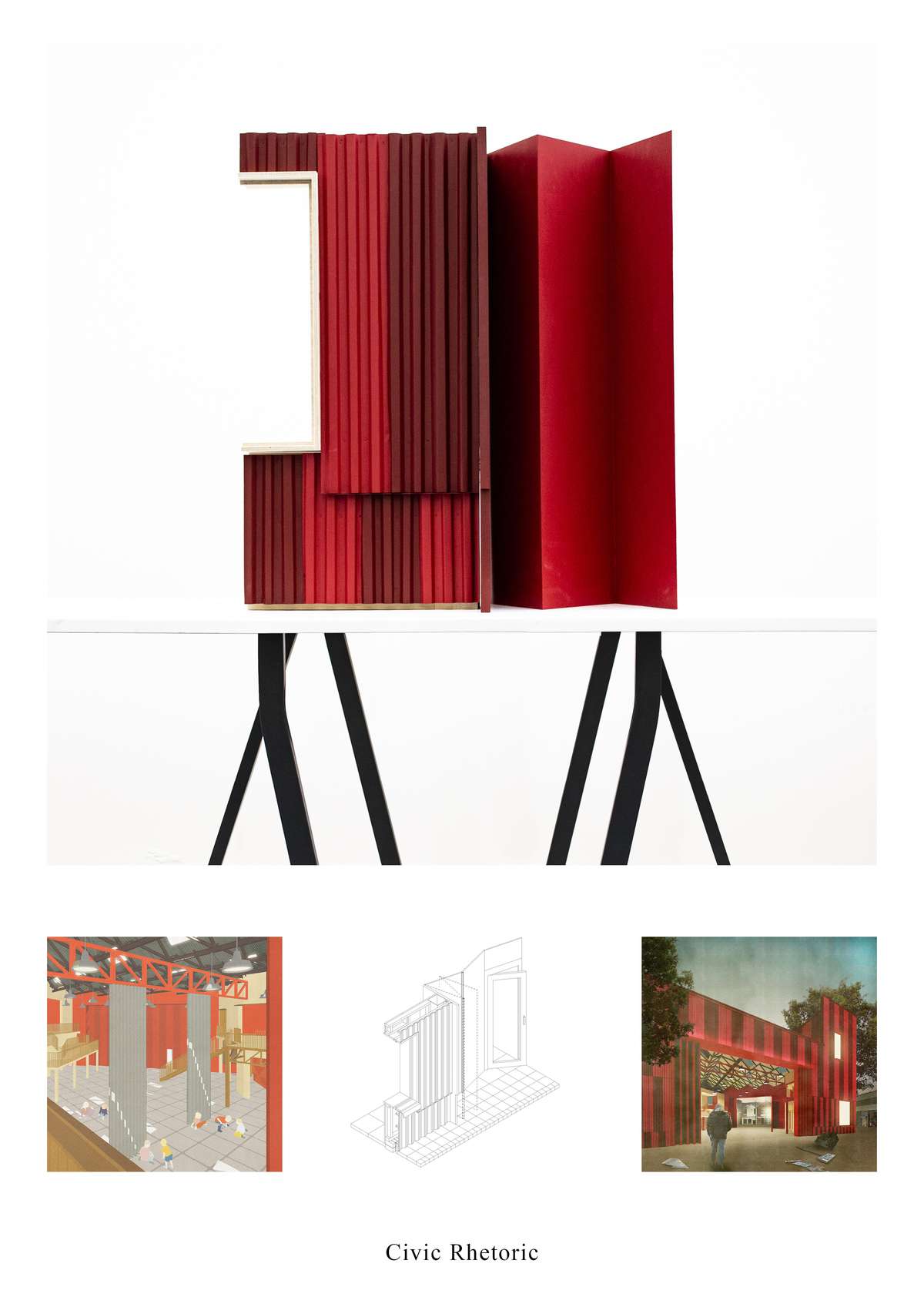
The facade continues the civic presence of the town hall by translating its surface into a 'rusticated' cladding sheet, applying it to create notional bays and horizontal datums. The subtle differences between surface, colour and scale hint at a sense of play and invite exploration. Situated on the timeline of Stoke’s architectural evolution, the building democratises the town by challenging the reciprocity between material lightness and civic weight - brought through a single detail.
Stage for the City
Stage for the City

- Site-specific cases
The project challenges the role of public buildings in the context of economic, social and political decline by re-establishing civic focus to combat urban disorientation and reclaiming the public realm. The design pivots around the reciprocity between material lightness and civic weight, between the flatness of the façade and the depth of the spaces; and frames the project’s faith in the role of a single building reinforcing its relevance to problems faced by architects and urbanists today – building meaningful architecture without excessive expense, capturing the accumulated history of a place and reintroducing it to future generations in an approachable and engaging way. Spatially and compositionally the building encourages the seemingly dissimilar typologies of industrial and civic to exist side by side and manifest the importance of their shared history, relying on playfulness and sophistication as a tool to propose a typology that is specific yet timeless.
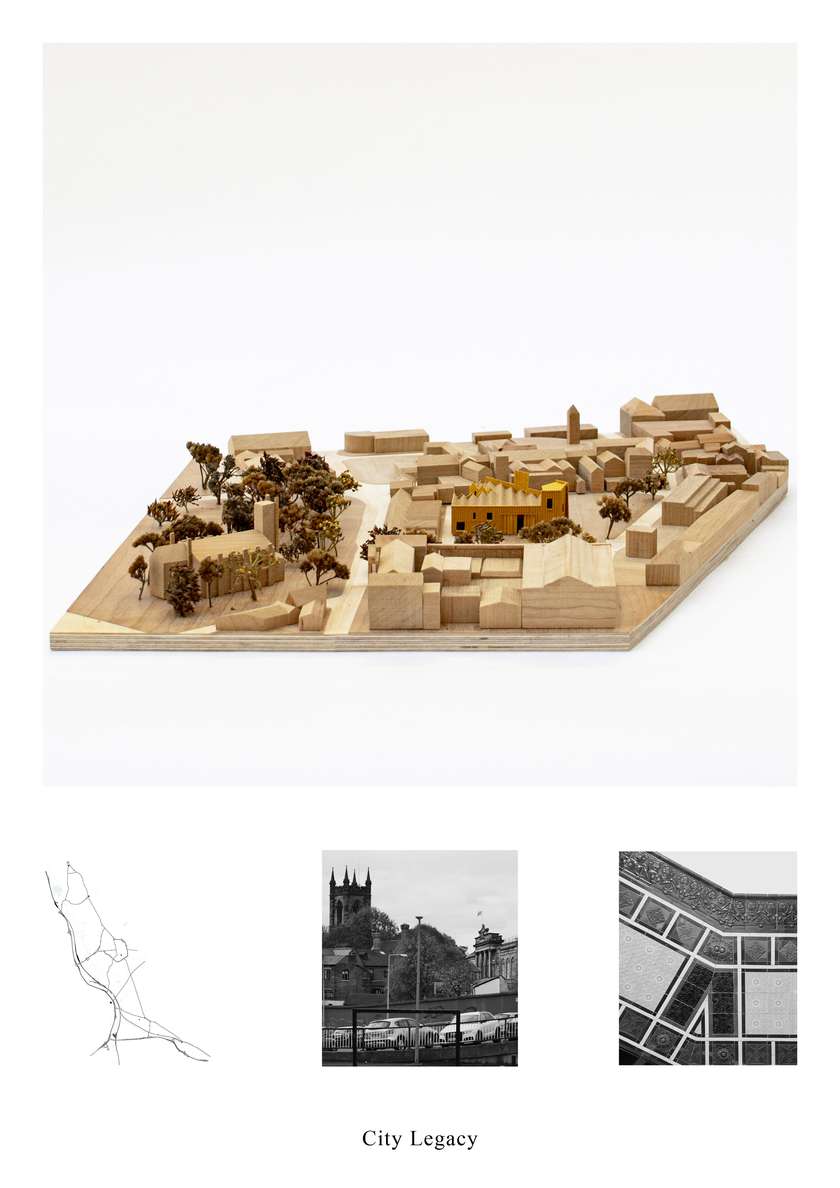
Stoke-on-Trent includes 6 towns, each with an industrial periphery isolating its core within a sparse urban grain. Once a centre of vibrant manufacturing, the city has gone through de-industrialisation, leaving its civic buildings disused. Defined by the two extreme conditions of Stoke: the typology of factory warehouses and the grandeur of civic buildings, the project offers its theatrical faces to negotiate between the town hall as a seat of power and the church as a symbol of community.
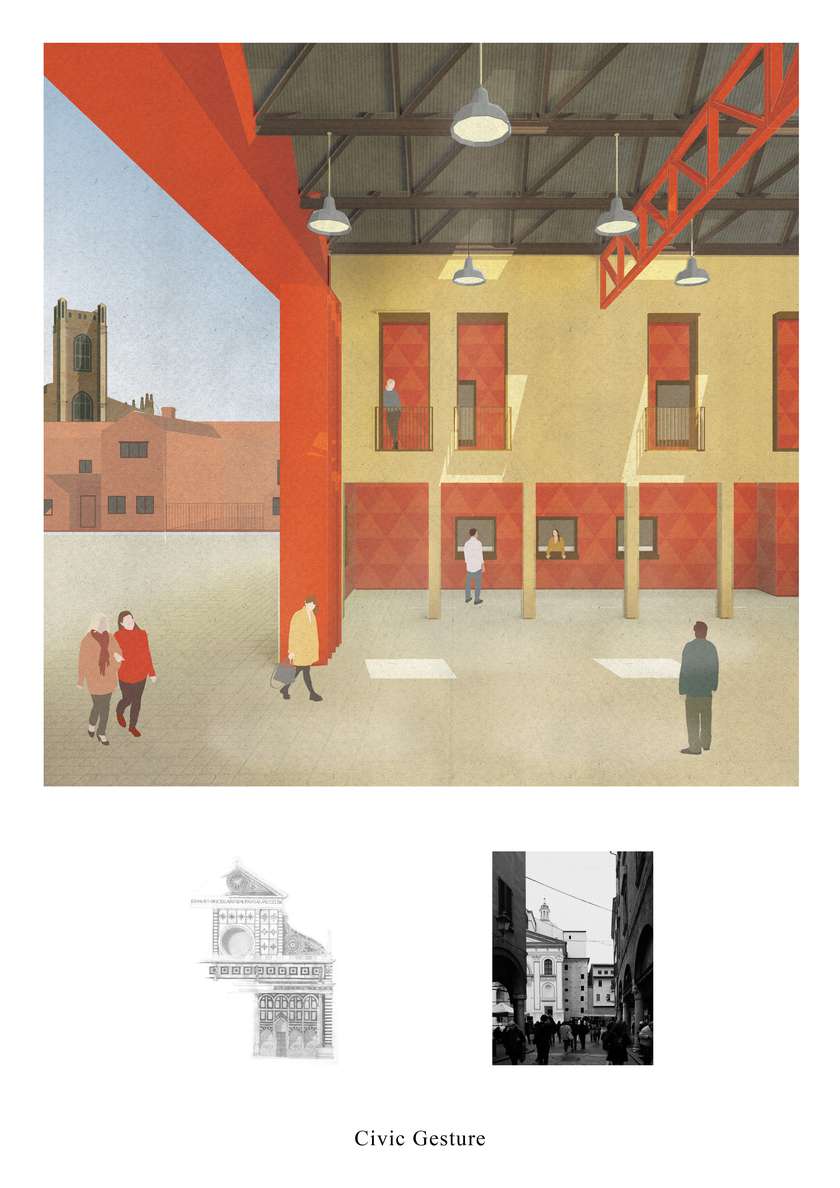
On the boundary between civic and industrial, the building connects to the language of the potteries by adopting the typology of an industrial shed, bringing civic qualities through generosity of space. The robustness of the factory typology drives the organisation of structure and atmosphere throughout the building. Exploring this ethos, the internal facades form an urban room as a backdrop to both interior and exterior uses, providing a deep threshold and extension to the public realm.
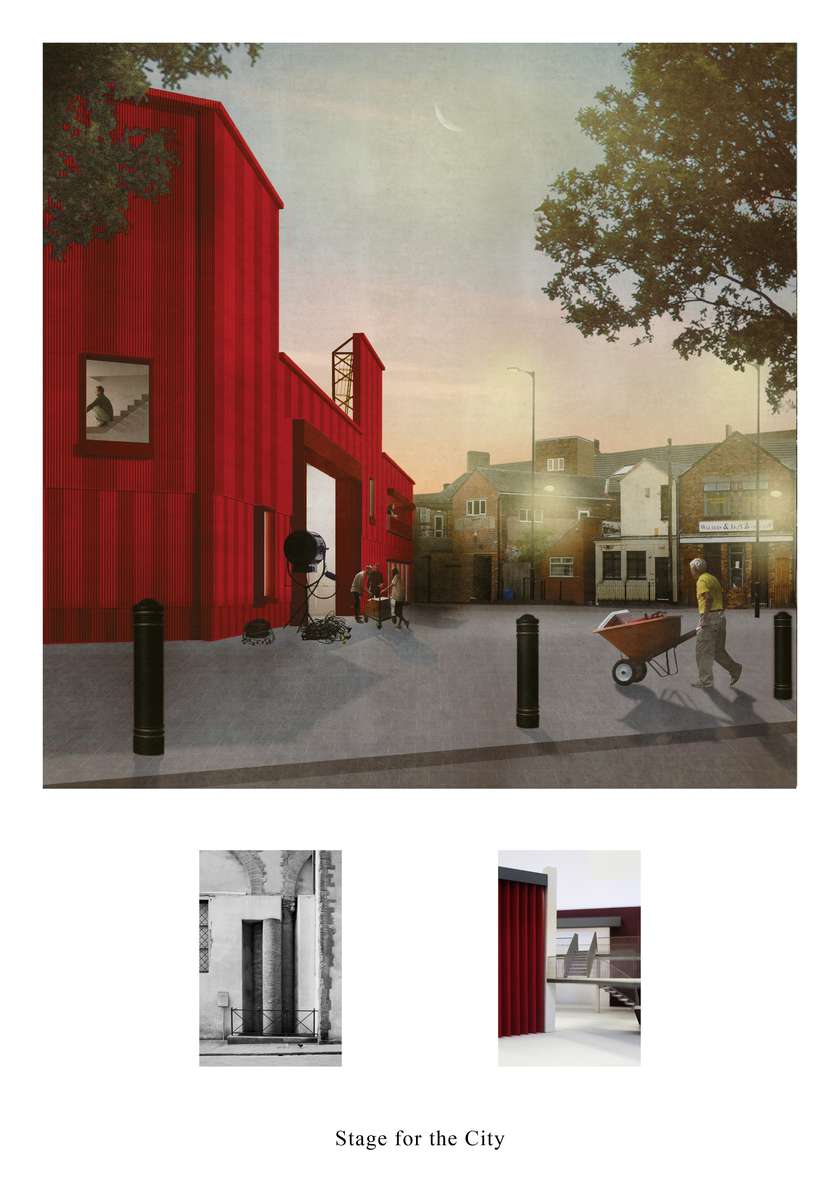
The building is a new destination but also a reflection of the town hall: providing a venue for celebration and protest located opposite the seat of power. Each façade exaggerates its context and employs in unusual ways elements traditionally asserting monumentality. By highlighting their susceptibility to change, the project highlights their ability to transcend time and transfer permanent qualities: the large hall opens to the square and transforms into a small room attached to it.
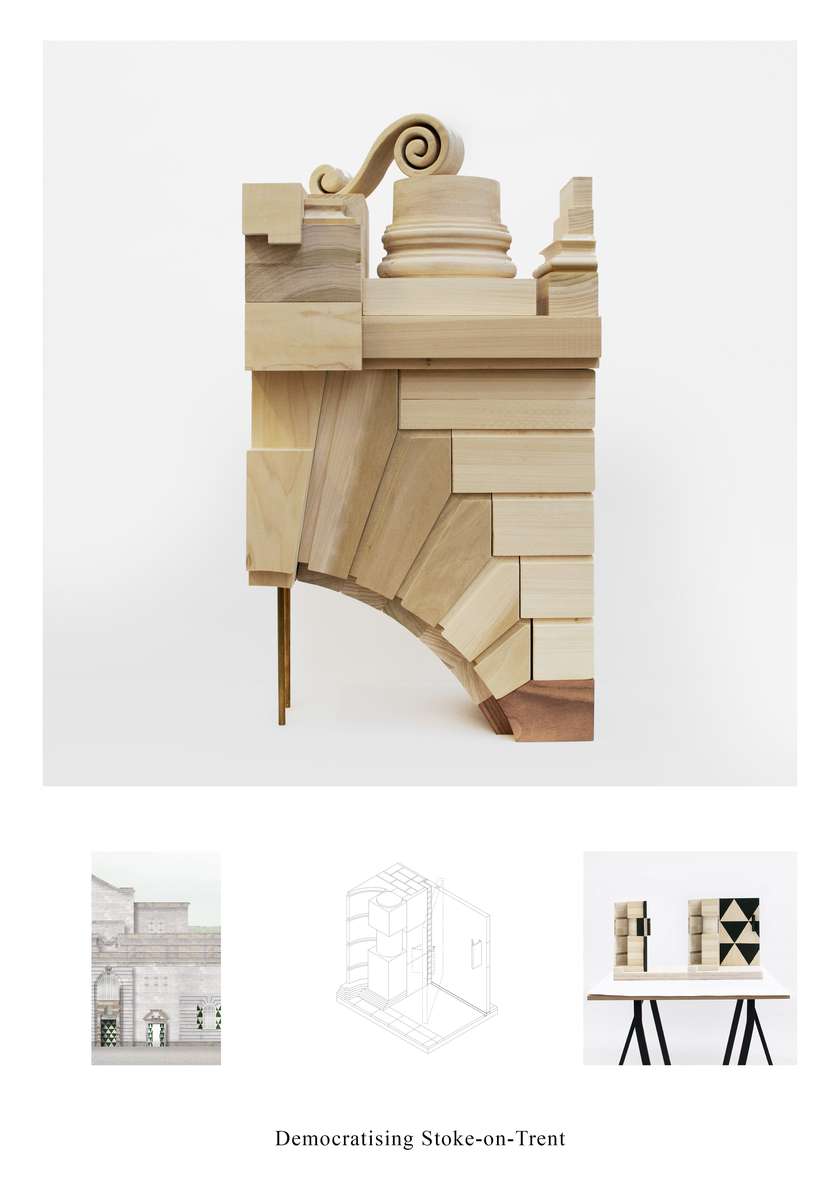
Interpreting the local social heritage, the facade seeks to define the relationship between architecture of simplicity and monumentality, wealth and necessity in a town conflicted by their contradicting legacy. The proposal reconnects to the industrial heritage initially through a small-scale intervention into the Town Hall. The new doors and windows in the town hall create an inviting threshold, changing the town hall’s presence from an unapproachable object to a welcoming institution.
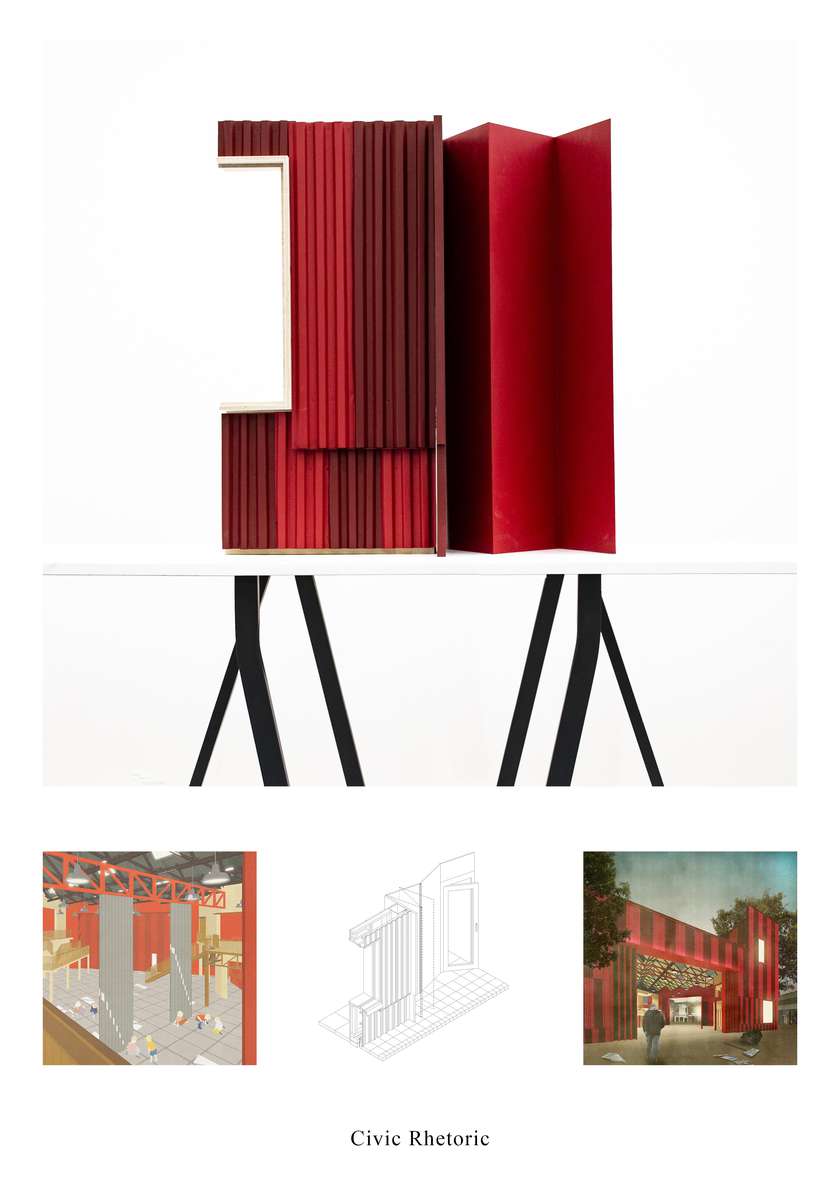
The facade continues the civic presence of the town hall by translating its surface into a 'rusticated' cladding sheet, applying it to create notional bays and horizontal datums. The subtle differences between surface, colour and scale hint at a sense of play and invite exploration. Situated on the timeline of Stoke’s architectural evolution, the building democratises the town by challenging the reciprocity between material lightness and civic weight - brought through a single detail.
